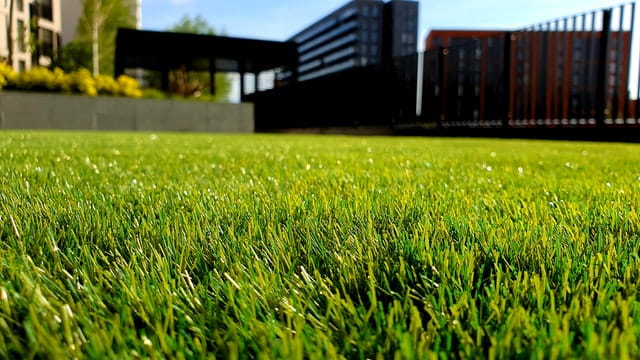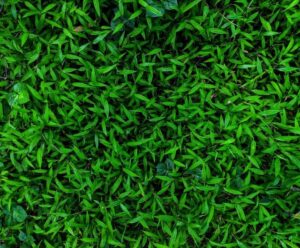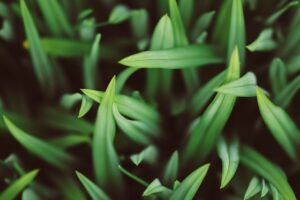In the botanical family Poaceae, there are around 12,000 different varieties of grass.
Kentucky bluegrass, Bermuda grass, centipede grass, perennial ryegrass, and fine fescue lawn grass are among popular grass kinds. Hardy, robust types of grass are excellent for sports fields, golf courses, and parks. Lush green sod grass isn’t just beneficial for lovely yards and gardens; it’s also suitable for sports fields, golf courses, and parks.



 Bermuda grass (zones 7–10) — Bermuda grass (zones 7–10) is a type of grass that The blades of this fine-textured, resilient grass have microscopic hairs on them. It’s a great turfgrass for golf courses and sports areas.
Bermuda grass (zones 7–10) — Bermuda grass (zones 7–10) is a type of grass that The blades of this fine-textured, resilient grass have microscopic hairs on them. It’s a great turfgrass for golf courses and sports areas. Tall fescue, fine fescue, creeping fescue, and hard fescue are all types of fescue grass that thrive well in cold climates. The names of the grasses also reveal information about their development habits and appearance. These tough grasses have broad blades and thrive in both the sun and the shade.
Tall fescue, fine fescue, creeping fescue, and hard fescue are all types of fescue grass that thrive well in cold climates. The names of the grasses also reveal information about their development habits and appearance. These tough grasses have broad blades and thrive in both the sun and the shade.